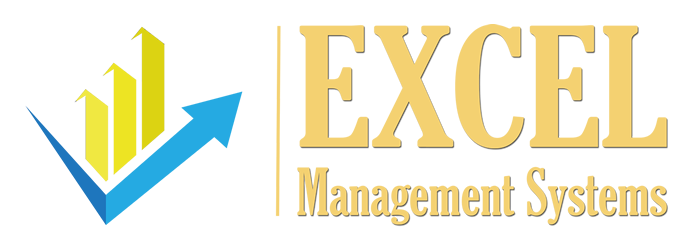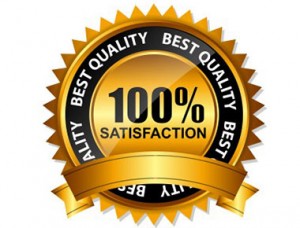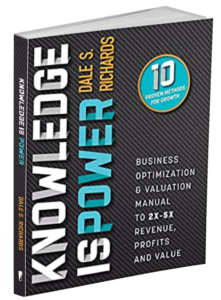Employee Performance-Productivity Monthly Coaching
Employee Performance-Productivity Monthly Coaching
What are some typical Company Goals? One hundred percent of companies have a revenue goal. Most have a net income goal that is usually only known by upper management. But what other company activities should be company goals?
• Customer Retention
• Specific Area Expense Containment Or Reduction
• Production Volume (Must have a quality goal too)
• Quality
• Timely Delivery
• Growth
• Account Receivable Collection Time
• Employee turnover
• New Product Development
• Customer Satisfaction
These are examples of what COULD be company goals.
The next step is to ask the department heads what their department can do specifically, quantifiable and with timelines to accomplish the goals pertaining to the department.
Next, each employee is asked to develop (with the help and guidance of their supervisor) six – eight goals with one as a personal goal (such as losing weight, gym workouts, read books, visit shut-ins, etc.)
Now the magic of turning supervisors from critics to coaches. Each month schedule one hour per employee to go over WAYS THAT YOU BOTH CAN HELP TO ACHIEVE THE EMPLOYEE’S GOALS. Try incorporating all of the characteristics shown above for a good coach.
What happens is the employee’s annual goals magically get completed in two – three months. Then more goals are given and both help to achieve. This happens over and over to raise productivity by four to ten times.
Productivity Tracking: $Rev/FTE and $CM/FTE
One way to track the progress of the productivity increase is to create the Productivity Metric. Tracking is monthly by department, division, and company. Go back three to five years and see what is was before and then continue tracking after the goals – coaching – accountability – reward system is implemented
PRODUCTIVITY METRIC:
= REVENUE/FTE
= GROSS MARGIN/FTE
=CONTRIBUTION MARGIN/FTE
FTE = Full-time employee equivalent (Part-time employees are summed together to an equivalent full-time status, i.e. 4 10hr/wk employee = 1 FTE
It is essential that supervisors be taught how to be good coaches. The natural tendency of people is to focus on the negative instead of the positive. For a person to have high self-esteem, they need 3-4 positive comments to every 1 negative. Our society is mostly based upon negative “constructive criticism”. This negative methodology results in poorer performance and individual loss of self-worth.
When criticism is needed, use a technique such as the “Sandwich” principle: Two positive comments sandwiching the constructive thought. Also, a good coach using “Active Listening” techniques. This means that “listening” is more important than “telling” or “suggesting”. Especially at first; gather the facts, listen to understand the situation BEFORE suggestions are given. Work as a team to suggest and improve performance. This must be trained and practiced.
If this: Goals – Coaching – Accountability – Reward system is implemented employee productivity and company profits will soar.
Becky learned from Dale’s coaching techniques, how to help increase productivity
Becky learned ways to provide growth in his industry, using the principles learned from Dales presentation on the Productivity Pyramid ®, Becky can use these newly learned techniques to motivate his employees. Dale Richards’ presentation on Business Valuation Principles – How to Increase Your Business Value, Financially, Operational and Strategically. Listen and learn.
ABOUT DALE S. RICHARDS:
Dale S. Richards specializes in management, marketing, operation optimization & business valuation consulting and is a 30+ year turnaround expert. He has implemented success concepts into results in 150+ companies. Dale is a Certified Valuation Analyst (CVA) with NACVA, Eight-Year Vistage Chair & International Speaker.



